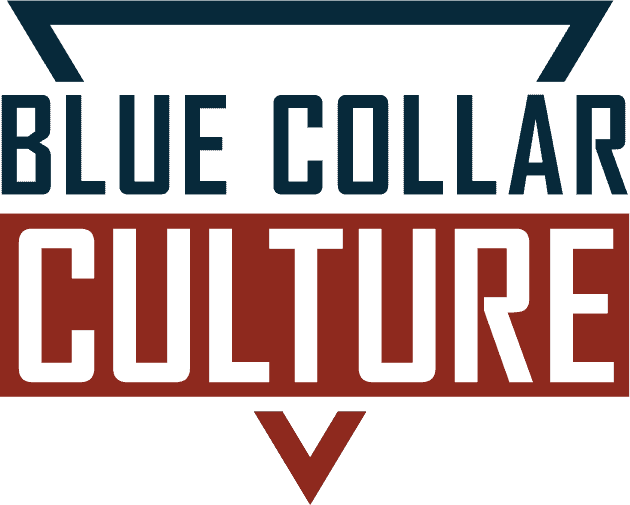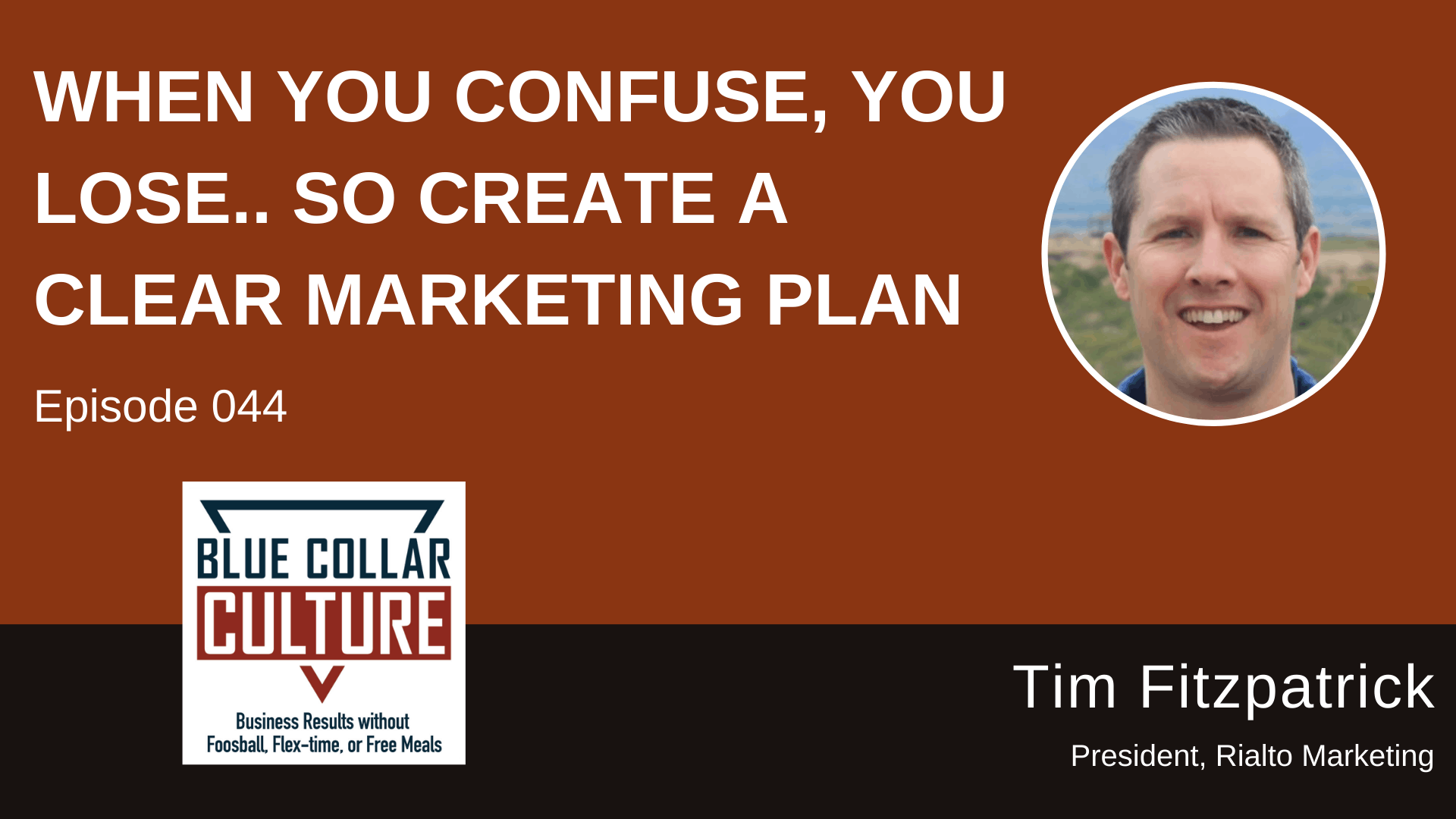Most small business owners make marketing too complicated, says Tim Fitzpatrick of Rialto Marketing.
Even with all the channels out there like social media, SEO, online video, web content, and more… the noise… if you stick to the fundamentals, you can cut through the clutter and reach your prospects and customers with your message.
Tim shares what those fundamentals are, which he says you must learn first before spending one dollar on Facebook ads, an email marketing campaign, or anything else.
Tune in to discover…
- What Michael Jordan can teach you about marketing
- The key to differentiating yourself from the competition
- Vital parts of your marketing plan you’re probably neglecting
- The first thing you must do if your current marketing isn’t working
- And more

